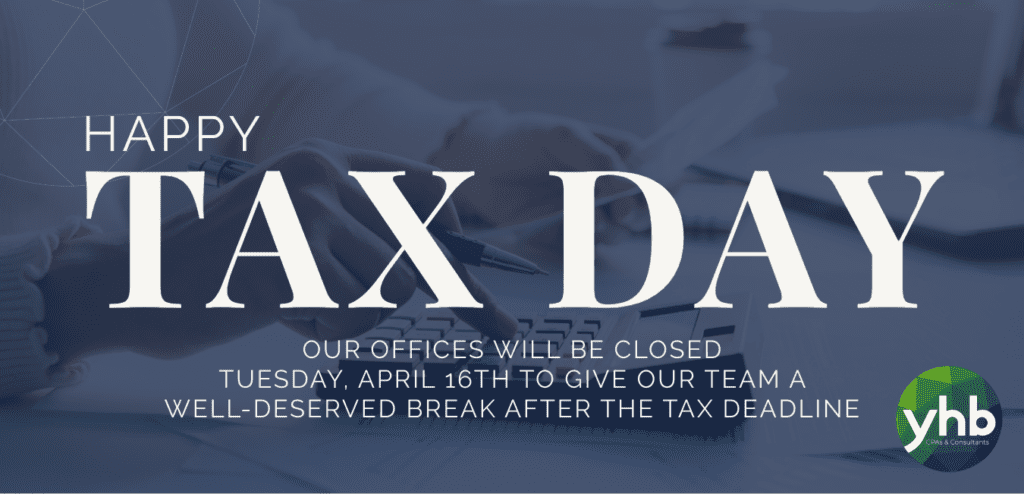According to Dictionary.com, a Fixed Asset is a permanently owned item. It’s an asset of a business that is central to its operation and is not traded. QuickBooks has a way to track and handle all your fixed assets with its Fixed Asset Item List and the Fixed Asset Manager.
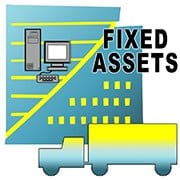 Fixed Asset Items
Fixed Asset Items
A Fixed Asset is something tangible your business owns. It’s not inventory. A Fixed Asset is an item on a company’s Balance Sheet — the tangible property used in the business and that is not for resale. This would include buildings, furniture, fixtures, equipment, leasehold improvements and vehicles. Depreciation adjustments are recorded to expense the cost of these assets over their useful life.
In QuickBooks, there is a separate “item” list called the Fixed Asset Item List.

To start tracking your fixed assets, click the Item button at the bottom of the list and add the details for each asset.
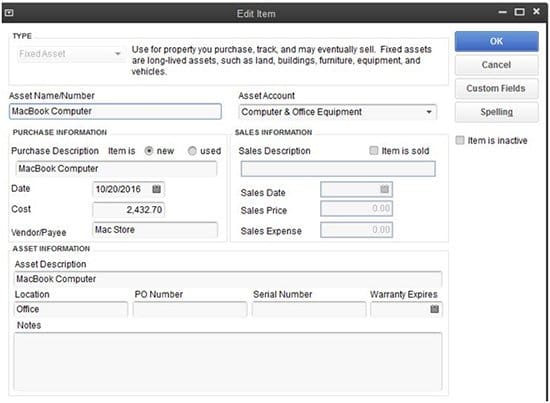
If you previously recorded these purchases, your asset balances on your Balance Sheet are already up-to-date. For new purchases, first add the fixed asset item to the list and then use the item on your purchase transaction in QuickBooks.
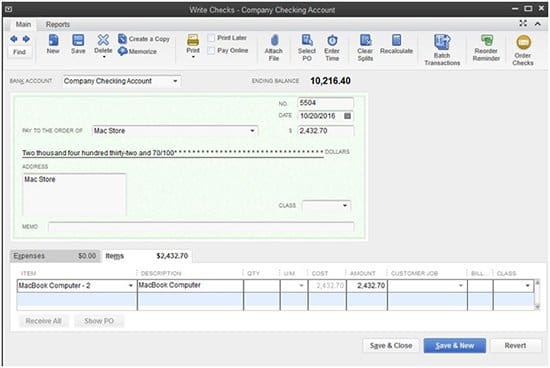
Fixed Asset Manager
The QuickBooks Fixed Asset Manager (included in the Accountant versions of QuickBooks) enables your Accountant to manage fixed assets from acquisition to disposition. They can track the asset’s information, such as description, purchase date, cost, depreciation method, life and the associated general ledger accounts that will need to be adjusted in your QuickBooks file. If your Accountant uses this tool, they can synchronize your QuickBooks data to their copy of the Fixed Asset Manager.
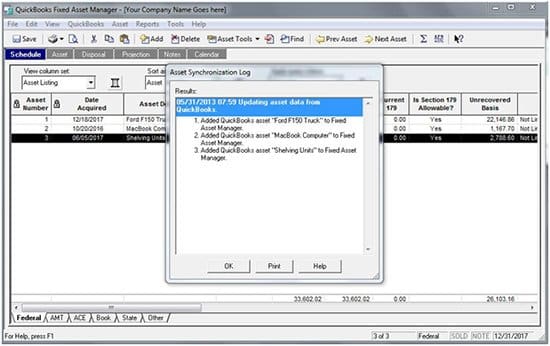
Some key features of the Fixed Asset Manager include:
- Depreciation can be computed for up to six asset bases, including tax and book.
- Depreciation journal entries can be created, including disposals.
- Up to 20 reports can be printed, including asset schedules by G/L account, location, and category.
- Gains and losses can be calculated on asset sales.

Understanding Fixed Assets can sometimes be difficult but we can answer your questions! Click the “Contact Form” button and we’ll be in touch with you.



